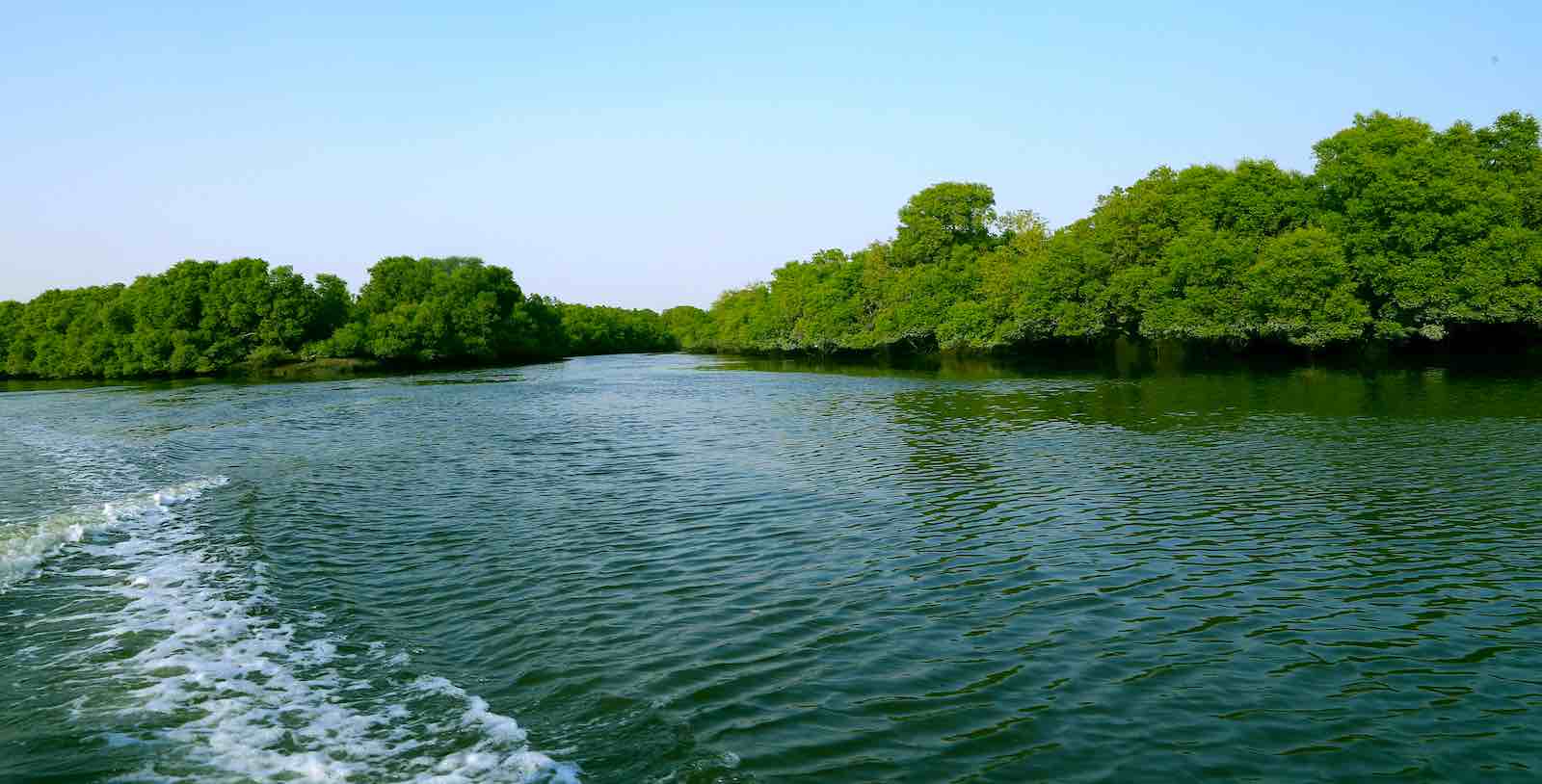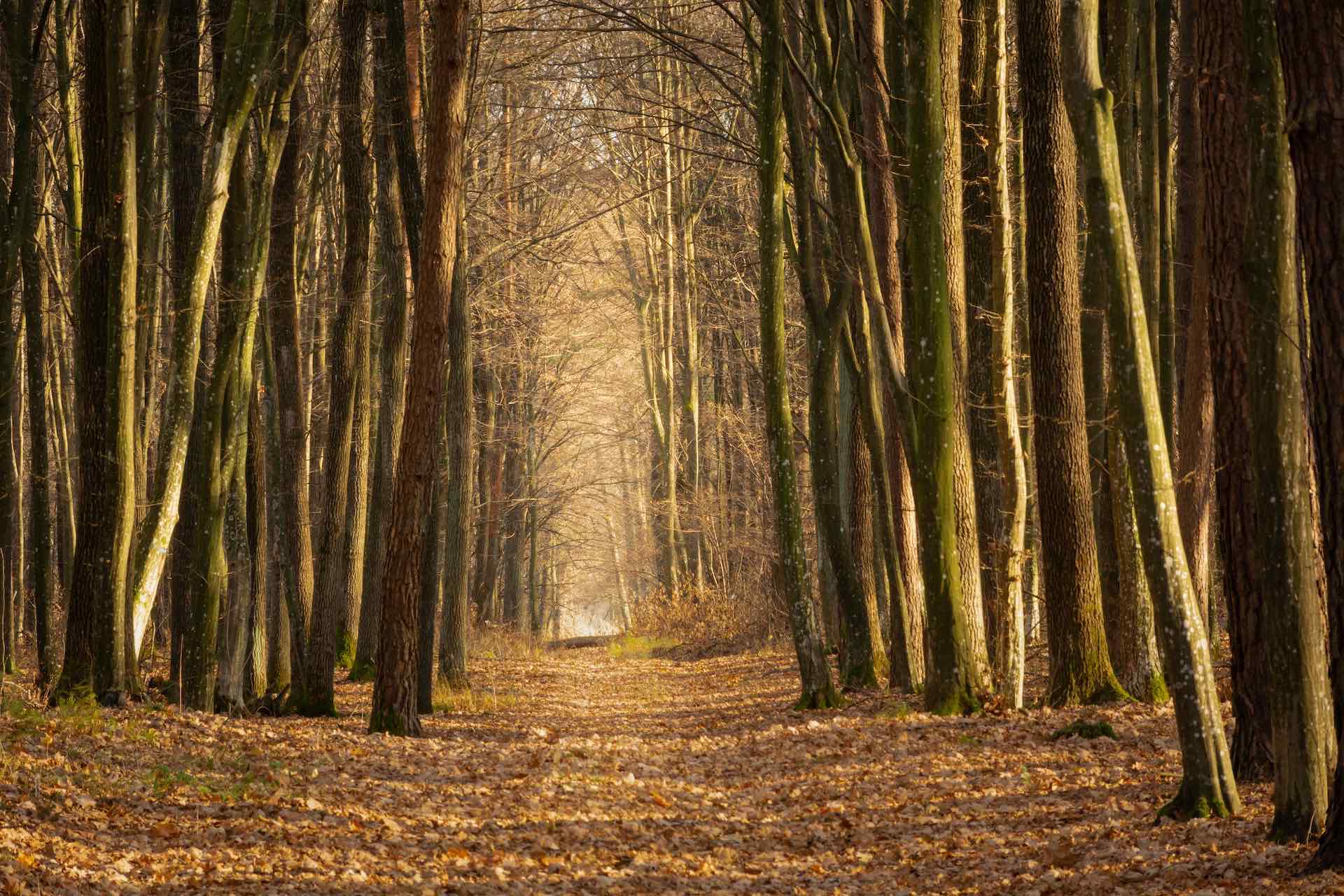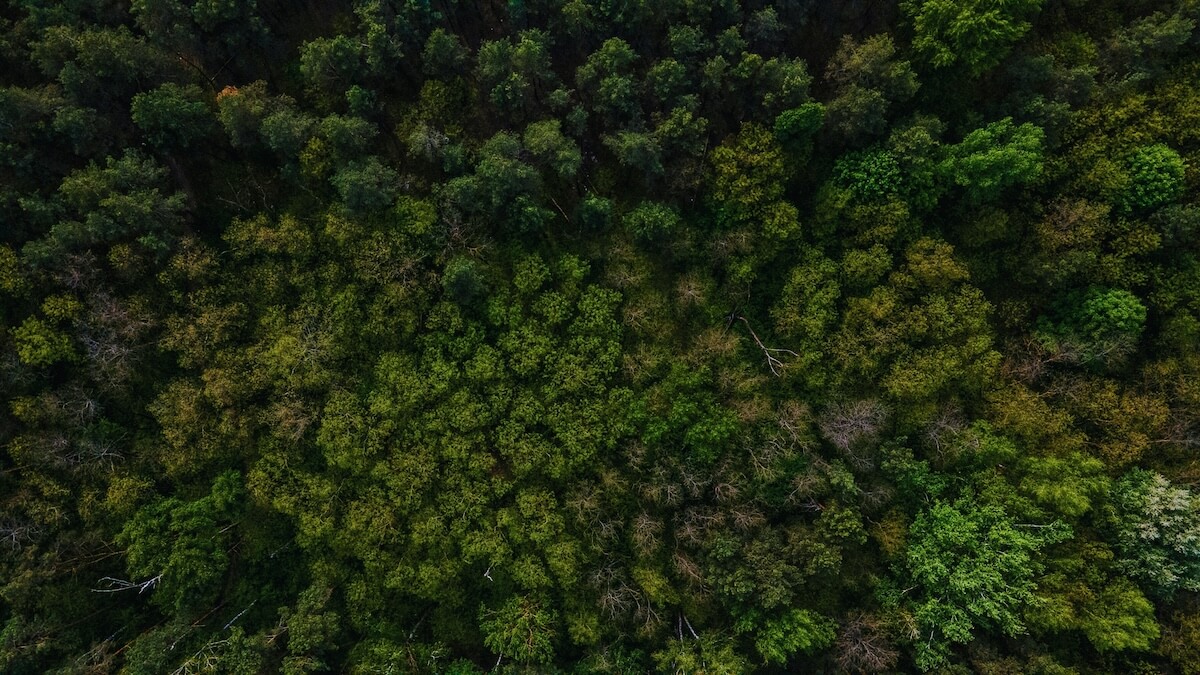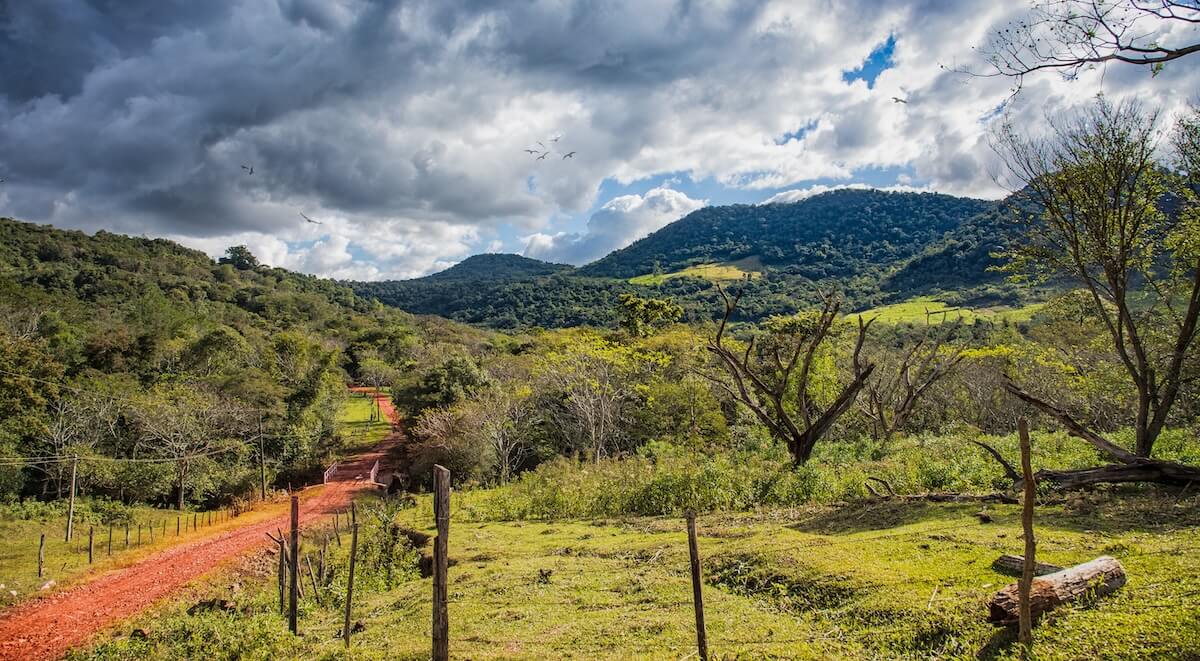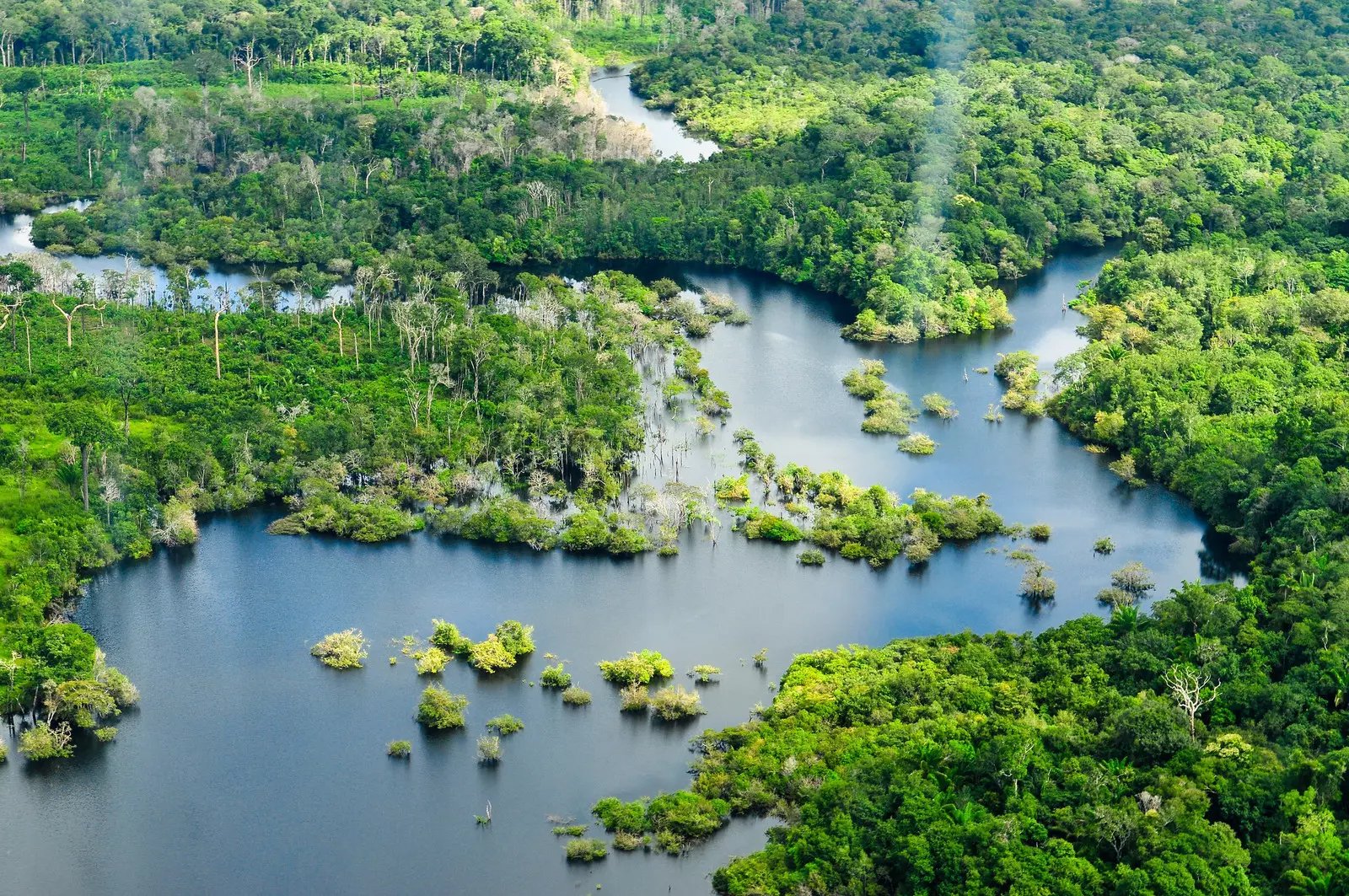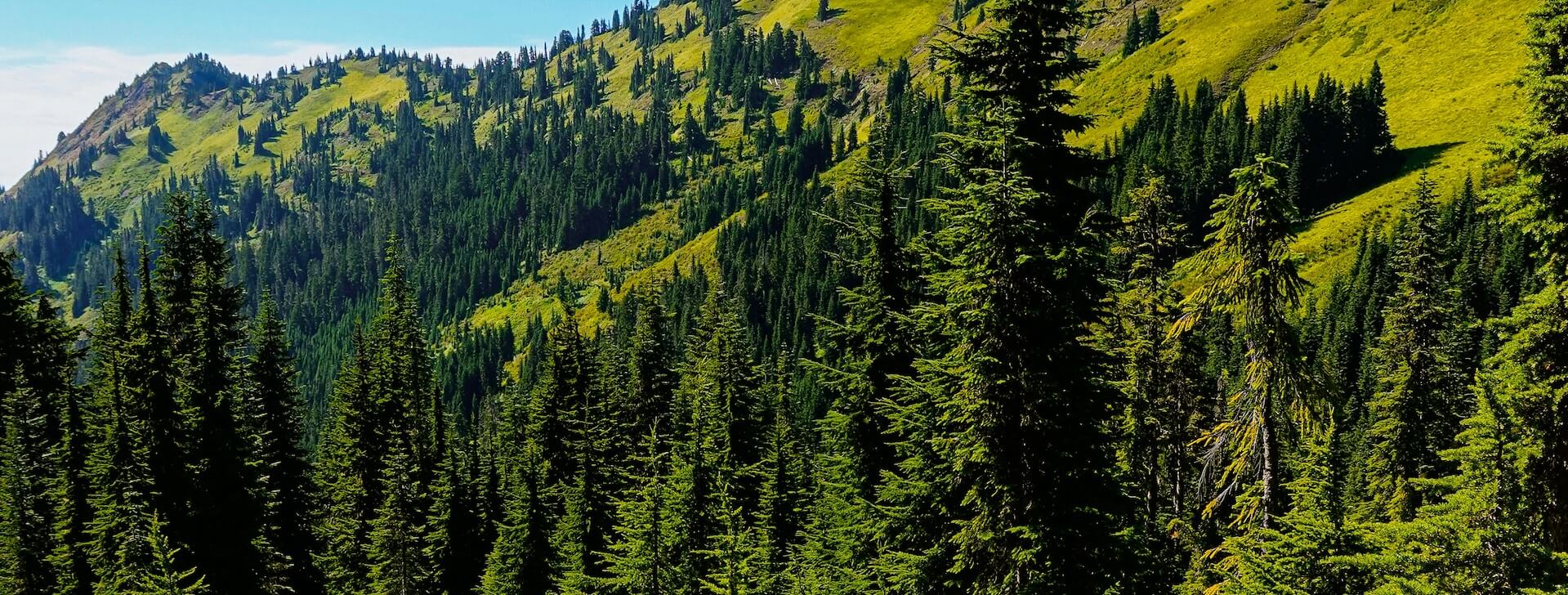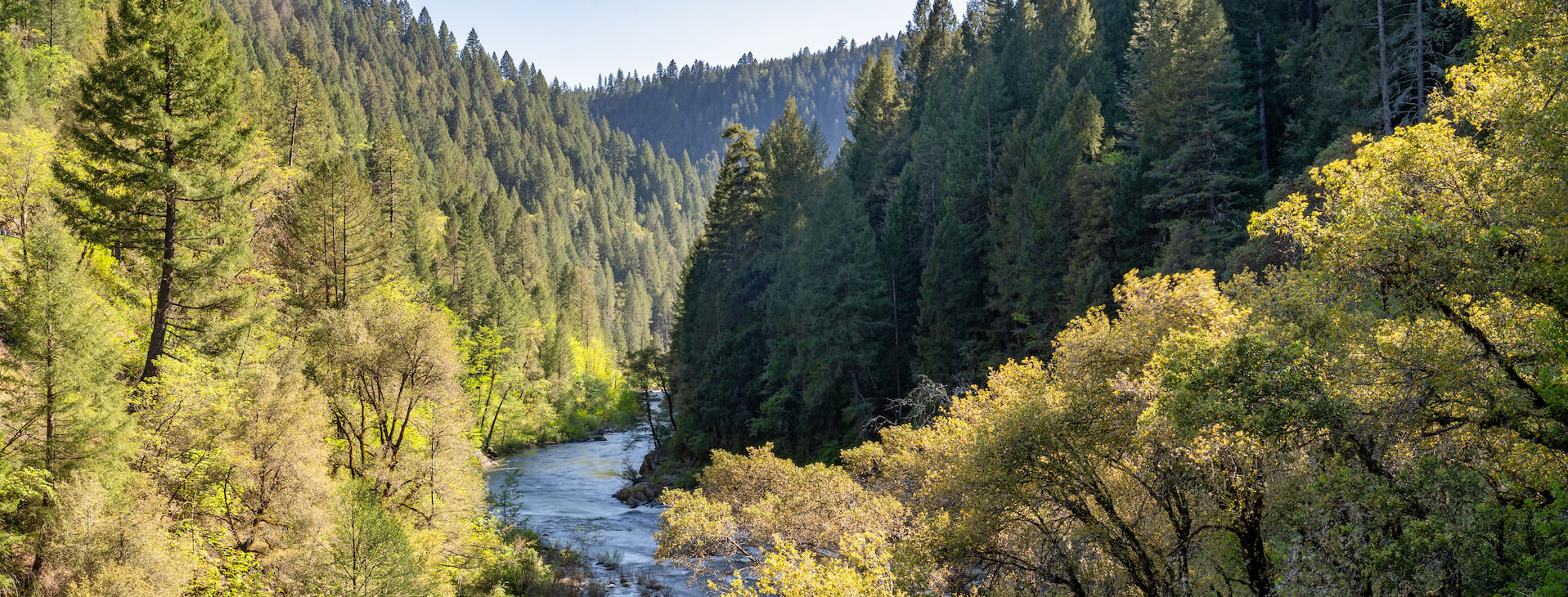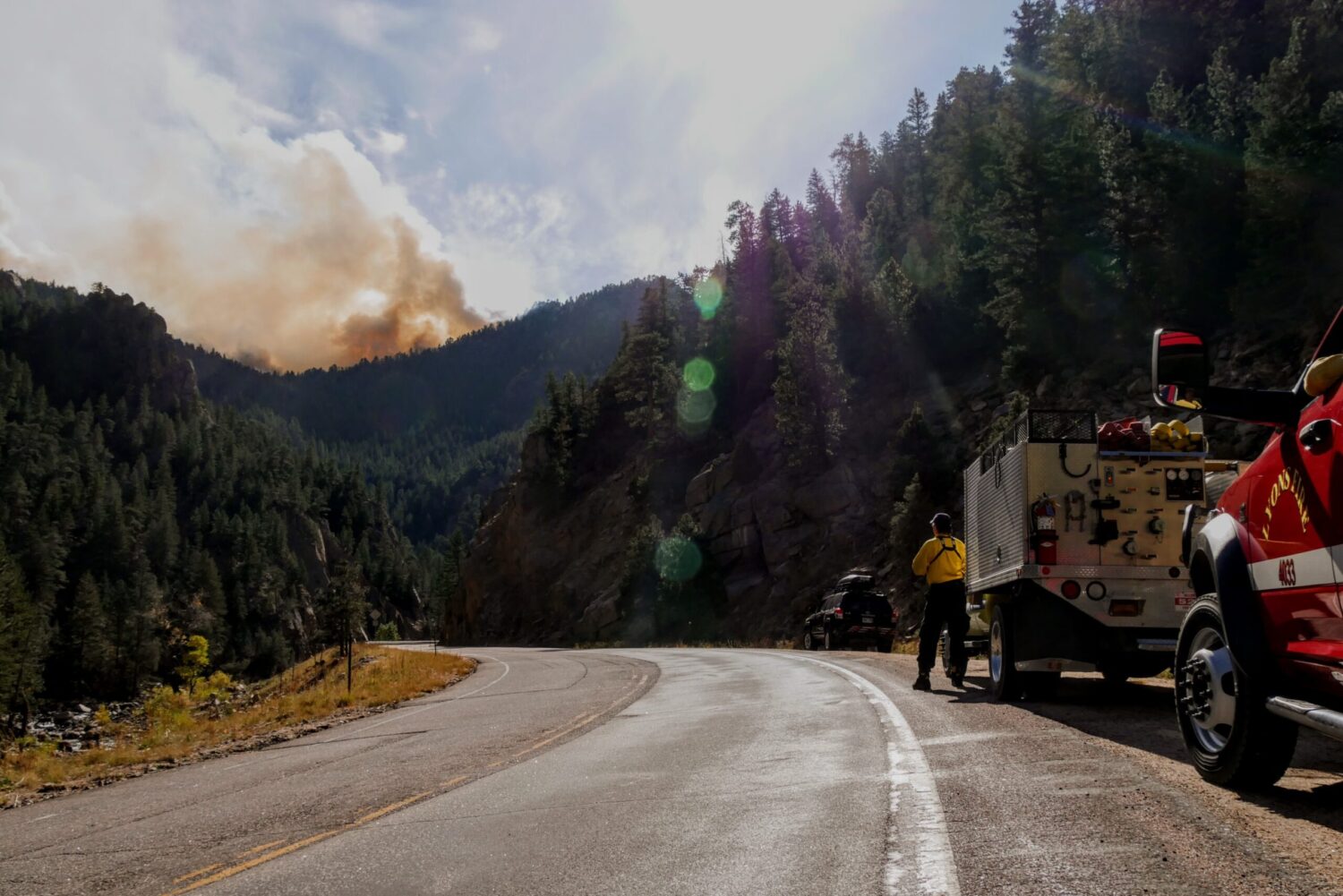ImpactAlpha, Aug. 9 – Less than 20 years ago, Keti Bandar, a coastal town in southeastern Pakistan, had barren shores. Today, it’s a thriving mangrove sanctuary, with stilt-like roots reaching into the Arabian Sea.
The return of the mangroves to Keti Bandar is part of a broader ecological revival in Pakistan – one that is gaining global attention amid the pressing challenges of biodiversity loss and climate change.
Nestled between land and sea on tropical coastlines, mangroves are evergreen trees and shrubs that tolerate brackish water and are one of the most productive and diverse ecosystems on the planet, offering a wide array of ecological and economic benefits.
These forested wetlands act as a breeding ground for countless species and support the livelihoods of over 120 million people globally. They stabilize the shoreline, protect from storms, and clean the local water supply. And they are carbon storage powerhouses – holding up to five times more carbon than terrestrial forests do.
Over the past decade or so, there’s been growing interest from governments, nonprofits, and local communities worldwide in rebuilding these vital systems, which have been ravaged by timber exploitation, coastal development, and industrial pollution. Hundreds of thousands of acres of mangroves have been planted in rehabilitation projects worldwide.
The problem is, these endeavors often fail. A 2019 survey of more than 100 rehabilitation initiatives in Thailand and the Philippines revealed a survival rate of less than 20% for over half of the attempts. Similarly, in-depth studies indicate that most mangrove restoration projects in Sri Lanka have suffered an average failure rate of 80% since the turn of the century. The USDA found that just 10% of seedlings planted in Madagascar mangroves survived.
Pakistan stands out as a notable exception. After losing up to three-quarters of its mangrove forest in the last century, the South Asian nation embarked on mangrove restoration in the early 1990s. Evolving from small-scale efforts to a nationally-coordinated endeavor, it successfully revived vast areas of degraded mangrove habitat, becoming a rare example of a region with a net gain in mangrove area in recent times.
The country has seen a three-fold increase in mangrove coverage over the past three decades, going from 184 square miles in 1990 to roughly 565 square miles in 2020. The average success rate of mangrove regeneration efforts during that time was 80% or more, according to estimates by WWF Pakistan.
Scaling impact
As the world increasingly recognizes the value of blue carbon ecosystems in addressing climate change and fostering biodiversity, experts argue Pakistan might offer valuable lessons for how to restore and protect these critical ecosystems.
Pakistan’s remarkable mangrove success is due to a unique combination of factors, experts say. First and arguably most important is the country’s step-wise, science-based approach to mangrove restoration.
“The country has been engaged in small-scale plantations for decades, and only recently has it ventured into larger projects,” says Jurgenne Primavera, a chief mangrove advisor at the Zoological Society of London. “Taking it slowly allowed officials to really grasp the nitty-gritty of mangrove restoration and understand their biological needs.”
Building this kind of institutional knowledge allowed Pakistan not to run into common mistakes that hamper most restoration projects worldwide, such as planting in the wrong places or in the wrong densities, or choosing species that are easy to grow over native ones that would do better in the long term, he said.
Legal safeguards were also put in place, including a nationwide ban on commercial logging and the declaration of protected areas within the Indus Delta, the regions hugging the Indus River as it flows into the Arabian Sea.
Local community engagement is another crucial pillar in Pakistan’s successful mangrove restoration campaign. “It is hard to imagine any mangrove restoration project that is successful and does not involve those who call these places home,” says Primavera.
A single hectare of mangrove forest can deliver anywhere between $33,000 and $57,000 per year to local economies, the UN Environment Programme estimates. For every dollar invested in their restoration, mangroves return $4.
Building on this success, one of the world’s most ambitious mangrove restoration projects is underway in Pakistan. Delta Blue Carbon, launched in Sindh in 2015, aims to rehabilitate over 350,000 hectares of degraded mangrove forests along the Indus Delta coastline, and sequester 142 million tons of carbon equivalent over 60 years.
The public-private partnership between the provincial government and Indus Delta Capital, a private carbon developer, takes the comprehensive approach that has worked so well in the region and scales it for greater impact.
“Delta Blue Carbon takes a more systematic, large-scale, and participative approach than previous grassroots efforts towards reviving mangrove habitats,” Indus Delta Capital founder Nadeem Khan told ImpactAlpha. “The focus is not only on conserving mangrove forests but also on restoring systems through structured community engagement.”
The project’s first phase spans across 60 villages and benefits 42,000 people, many of whom live below the poverty level and lack access to education and safe drinking water.
The project creates significant job opportunities for local communities, from safeguarding existing mangrove forests, running nurseries and planting trees to infrastructure development and surveying and data collection. Delta Blue Carbon is also installing desalination and purification technology to ensure access to clean and safe water.
“This is a game-changer for many,” maintains Khan. “It not only saves lives but also relieves villagers from the burden of making long trips to distant wells.”.
Education is another focal point of the endeavor, with efforts directed towards improving learning facilities and enhancing access to primary and secondary education. Moreover, the project offers training courses in crab farming, agriculture, forestry, and livestock management, empowering families with the skills needed to secure their livelihoods for generations to come.
Pakistan, which suffered a devastating flood last year during an unusually strong monsoon season, also stands to benefit from the increased protection from such storm surges that mangroves provide.
Role model
The initial outcomes have been encouraging. To this day, more than 86,000 hectares of degraded mangrove forests and tidal wetlands have been replanted. In November last year, the project’s first 250,000 metric tons of carbon credits were sold via Singapore-based global marketplace Climate Impact X to international voluntary market buyers including Microsoft, Carbon Growth Partners, Pollination, Respira, and Trafigura. A June auction of additional credits was oversubscribed.
The 2021 vintage credits fetched an impressive $27.80 per ton, a 40% or so premium over current spot prices for similar credits. The enthusiastic response underscores the growing global interest in backing impactful climate initiatives of this nature, says Kahn. The sale of the project’s first credits secure the project’s long-term future, he adds, and allow for its expansion.
Now in its seventh year, Delta Blue Carbon is poised to enter its second phase, aiming to incorporate 38 additional villages and expand the project’s size to more than 3,700 square miles – nearly doubling its scope.
Pakistan’s success in mangrove restoration has not gone unnoticed. Nations such as Indonesia, Cambodia, Nigeria, and India are studying Pakistan’s blueprint, eager to emulate its achievements.
“Pakistan really got mangrove restoration spot on,” says coastal scientist and mangrove expert Daniel Friess of the National University of Singapore. “It undoubtedly provides a roadmap to look at and learn from.”
While Pakistan may serve as a source of inspiration, it is vital for other countries to adapt their strategies to the unique challenges and opportunities presented by their own contexts. That, he cautions, cannot be overlooked “if we truly are to restore these vital ecosystems and ensure the many benefits they bring to coastal regions and the planet as a whole.”

